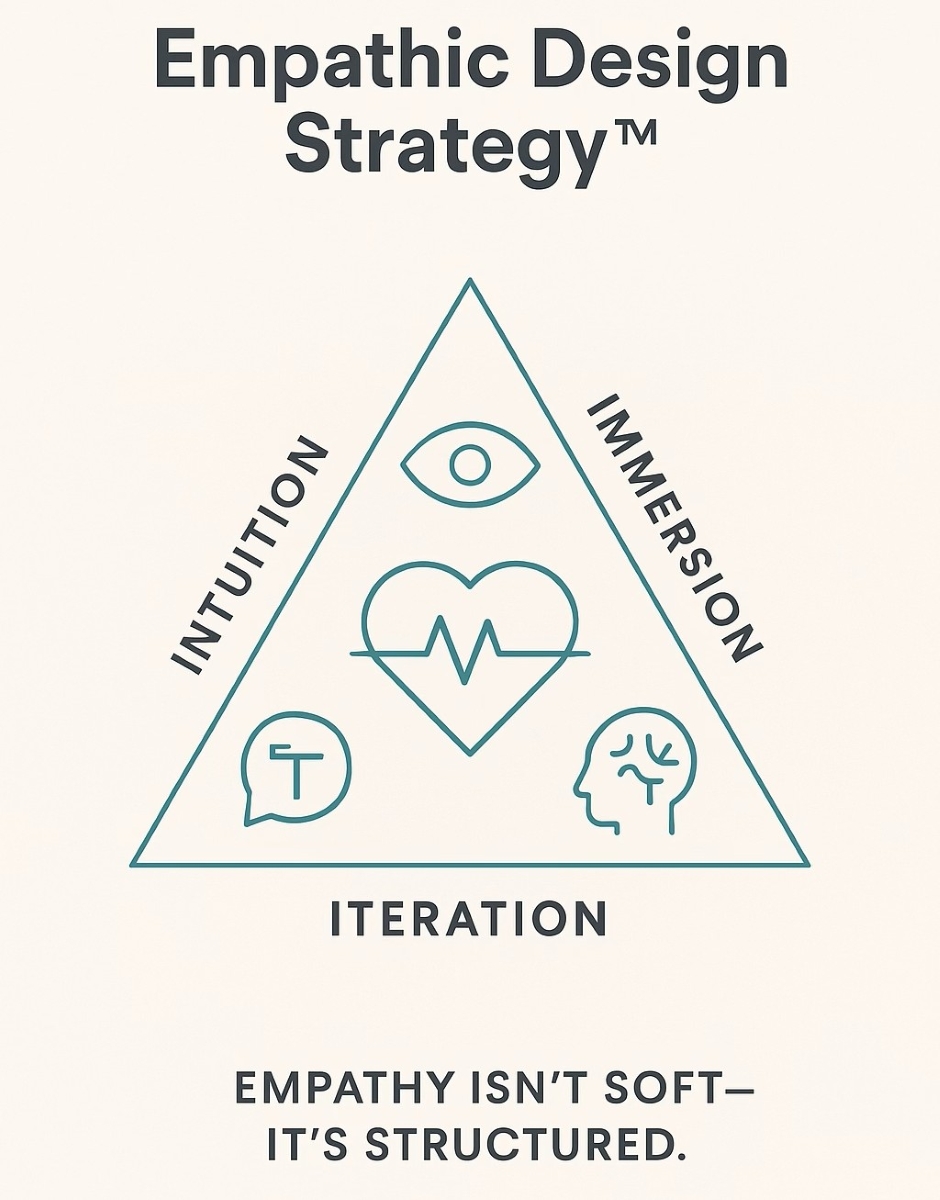By: Yan Zhang
A growing wave of creatives is increasingly transforming marketing from a numbers game into a narrative art form. At the forefront: Jed (Yuzhang) Wei, a strategist who blends behavioral insight with artistic precision.
In a marketing landscape frequently dominated by performance metrics and predictive AI, it’s easy to forget that behind every click lies a human story. As automation continues to accelerate, the need for emotionally resonant, artistically inspired marketing appears to be becoming more apparent—not less.
Jed Wei, a creative strategist working across design, storytelling, and lifecycle marketing, maintains that the heart of modern marketing can beat with empathy. Her work questions the industry’s strong focus on data by suggesting that emotional intelligence is not merely a soft skill—it may also support measurable impact.
Emotion Is the Medium
Referencing insights from Harvard’s Gerald Zaltman—who observed that a significant portion of purchasing decisions are made subconsciously—Wei proposes that consumers are often drawn to emotional narratives rather than rational checklists. “Nike doesn’t just sell shoes; it conveys empowerment. Apple encourages the thrill of creativity,” she explains. “These brands don’t only inform—they aim to inspire.”
Creative Strategy in Action
Wei’s strategic contribution is visible in campaigns that integrate aesthetic direction with behavioral insight. For one ecommerce brand in the travel space, she contributed to pivoting a holiday campaign from promotional messaging toward emotional storytelling. Collaborating with design teams, she advocated for a reframe: shifting from hard-sell discounts to soft-touch storytelling that showcased real customer journeys and aspirational visuals.
The transformation wasn’t just visual—it aimed to be visceral. Reported results indicated email revenue rose 28% year-over-year, conversions increased by 40%, and engagement improved among first-time buyers. Wei describes this approach as “empathic architecture”: a method of designing campaigns intended to feel personal, even when executed at scale.
Empathic Design Strategy™

A creative methodology that fuses human psychology, aesthetic narrative, and adaptive technology—with the goal of making performance marketing a more expressive, emotionally attuned discipline.
The Three Phases:
- Intuition – Investigate subconscious emotional drivers through interviews, sentiment research, and cultural context.
- Immersion – Translate insight into an aesthetic environment: tone, color theory, typography, and composition.
- Iteration – Use behavioral data as a guide rather than a mandate. Refine creatives similar to how a filmmaker revises a cut—informed by audience response rather than solely ROI.
“Empathy isn’t necessarily soft—it can be structured.”
Data as a Creative Lens

Rather than dismissing data, Wei reframes it as a compass for creativity. Utilizing tools like heatmaps, sentiment analysis, and A/B testing, she has explored how visuals and messaging may influence emotional connection. In one campaign directed at Gen X consumers, modest changes in image framing were associated with notable increases in click-through rates—suggesting that creative decisions can affect both emotion and engagement.
Rewriting the Rules of Automation
Wei contends that automation need not eliminate nuance. In customer journey design, she has made efforts to humanize default flows—replacing messages like “You forgot something!” with alternatives such as “Still thinking it over? We saved it for you.” These changes aim to reduce churn, improve open rates, and support brand voice.
Platforms like Klaviyo and Iterable have enabled Wei to craft journeys that value emotional timing alongside behavioral triggers. “A well-timed nudge is helpful. A well-timed feeling can be memorable.”
The Creative Edge in Marketing’s Future
According to Motista, emotionally connected customers may be more than twice as valuable as those who are merely satisfied. Wei interprets this as an opportunity for deeper engagement.
“Marketing appears to be shifting from persuasion to purpose,” she suggests. “The future may favor creatives who are capable of turning data into empathy, and empathy into lasting influence.”
In a sector often centered on quantification, Wei aims to remind practitioners of what often matters more: what resonates emotionally.

The Future of Marketing Is Emotionally Intelligent
With AI and automation streamlining execution, the human element can sometimes be lost. That’s why emotional intelligence might offer a meaningful advantage.
Empathy doesn’t replace data; it enhances it. Together, emotion and analytics can help marketers reach people not just at the right moment, but in the right mindset. And that’s what supports outcomes—not just transactions, but trust, loyalty, and durable brand value.
Sources & References:
- Zaltman, G. (2003). How Customers Think: Essential Insights into the Mind of the Market. Harvard Business Review Press.
- Motista (2015). The Value of Emotional Connection in Business. https://www.motista.com/insights/
- HubSpot (2022). Emotional Marketing: How to Connect on a Deeper Level. https://blog.hubspot.com/marketing/emotional-marketing
- Klaviyo, Iterable, Shopify industry benchmark data on email automation performance
- Think with Google (2020). Brand Loyalty and Consumer Behavior. https://www.thinkwithgoogle.com/consumer-insights/consumer-trends/brand-loyalty-and-consumer-behavior/
- Edelman Trust Barometer: https://www.edelman.com/trust
- Vogue China. (2023). “回归本源:用数据理解人性,用故事唤醒人性 ——数据驱动品牌故事情感共振策略.” Retrieved from https://www.vogue.com.cn/living/brand_news/news_1553663279925260.html

















